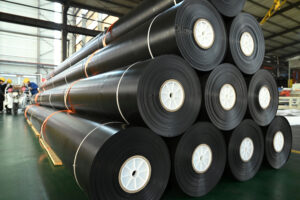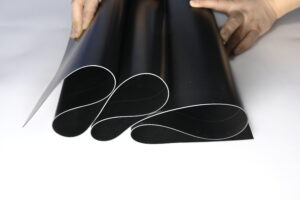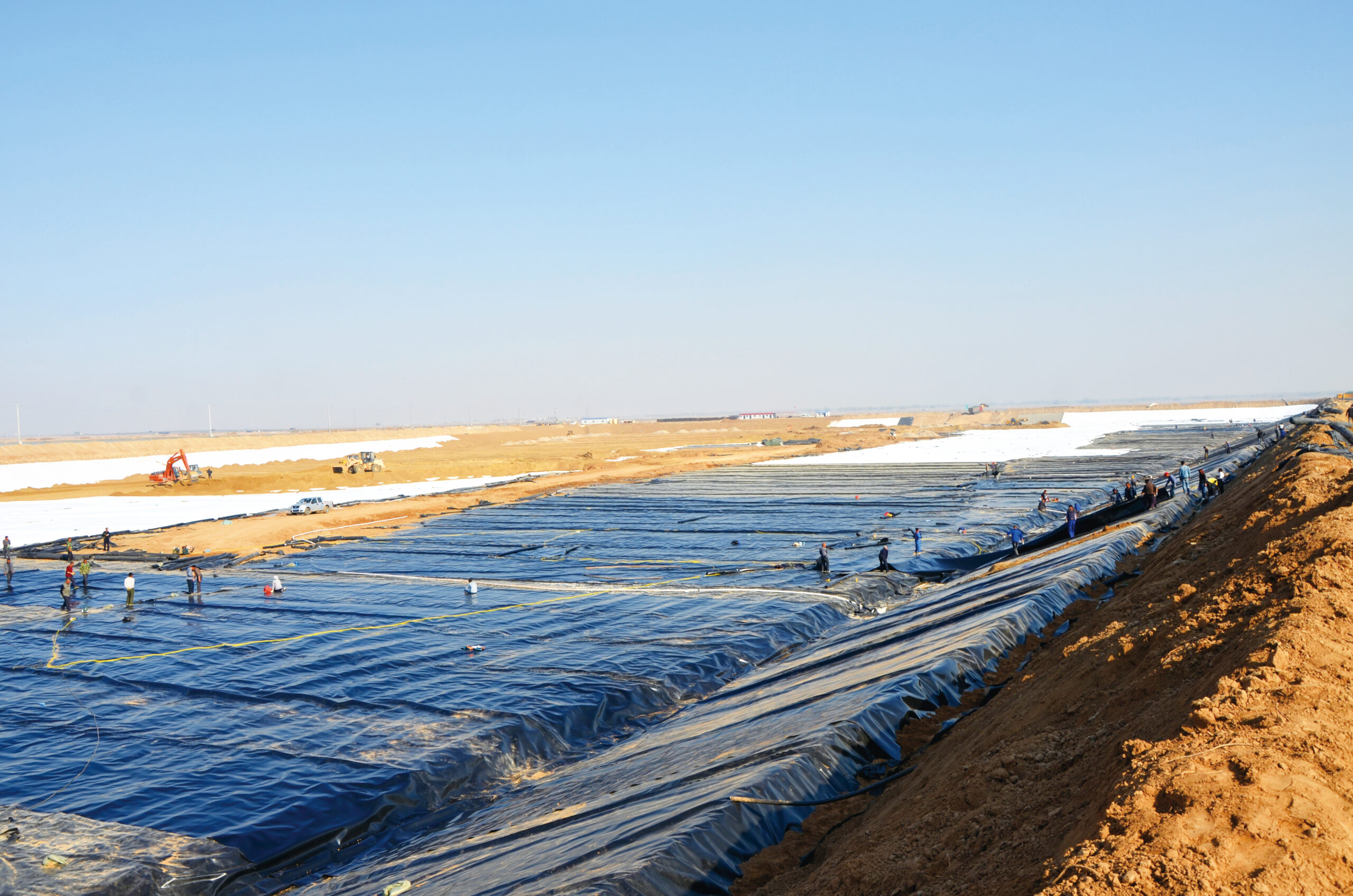Which is better, geomembrane or concrete?
Geomembranes and concrete have different characteristics and advantages in different application scenarios. It is impossible to simply say which one is better, but a choice needs to be made according to specific usage requirements. Here are their main features:

Geomembrane:
Anti-permeability: Geomembrane can effectively prevent the penetration of water, liquid or gas, and is used for waterproof, anti-seepage and isolation projects.
Softness: Geomembranes have good softness and plasticity, and perform well in adapting to soil deformation and geological changes.
Tear resistance: The geomembrane has high tear resistance, which can effectively prevent soil damage and damage to it.
Scope of use: suitable for water conservancy engineering, environmental engineering, road engineering and agricultural greenhouses and other fields.
Concrete:
Strength and durability: Concrete has high strength and durability, and can withstand large pressure and load.
Rigid structure: Concrete can form a strong structure and is suitable for projects that require stable and long-lasting foundations, walls, etc.
Plasticity: During construction, concrete can be formed into various shapes through pouring, pouring and moulding, adapting to different design needs.
Scope of use: It is suitable for various engineering fields such as buildings, bridges, roads, and water conservancy.
A geomembrane is a type of impermeable material used in civil engineering, usually made of polymeric materials. It has the characteristics of softness, durability and good chemical resistance, and is widely used in water conservancy engineering, environmental engineering, road engineering, agricultural greenhouses and other fields.

A brief introduction to geomembrane
Anti-infiltration function: Geomembrane is mainly used as an anti-infiltration barrier to prevent the infiltration of water, liquid or gas. It can effectively provide control of the groundwater level and isolation of the surface layer.
Strength and flexibility: Geomembranes are usually made of high-density polyethylene (HDPE) or low-density polyethylene (LDPE), which has certain strength and flexibility. It can adapt to soil deformation and geological changes, and has a certain tear resistance.
Chemical stability: Geomembrane has good chemical stability and has good resistance to most acids, alkalis, salts and chemicals. This makes it usable in a wide range of environmental conditions.
Scope of application: Geomembranes are widely used in water conservancy engineering, environmental engineering, road engineering, agricultural greenhouses and other fields. For example, in water conservancy projects, geomembranes can be used for river restoration, landfill coverage, artificial lake anti-seepage, etc.; in environmental engineering, geomembranes can be used for anti-seepage measures in landfills, chemical plants, dams, etc.
Author

Founded in 2002, Tinhy's team focuses on the manufacturing, marketing, installation, application and research and development of geosynthetic materials.
View all posts





